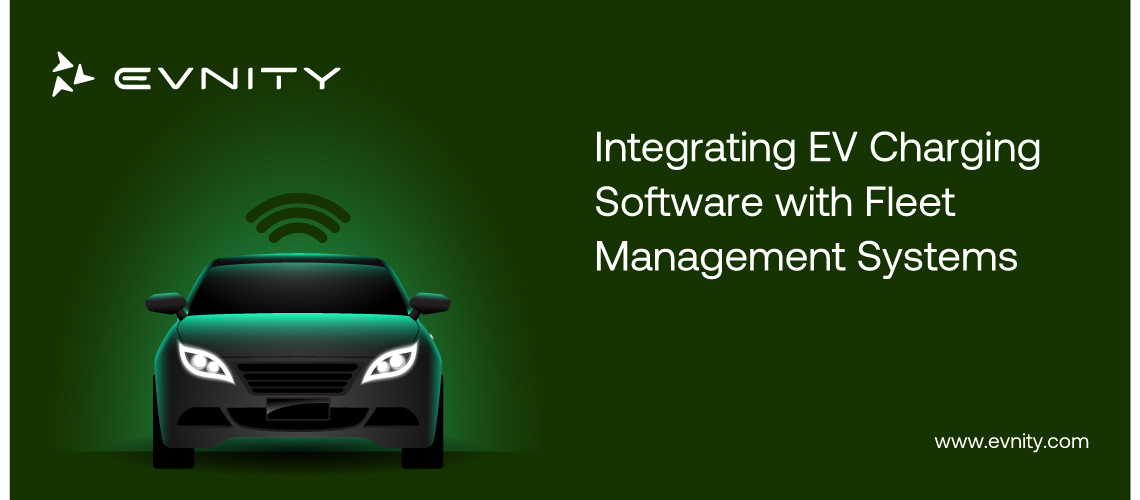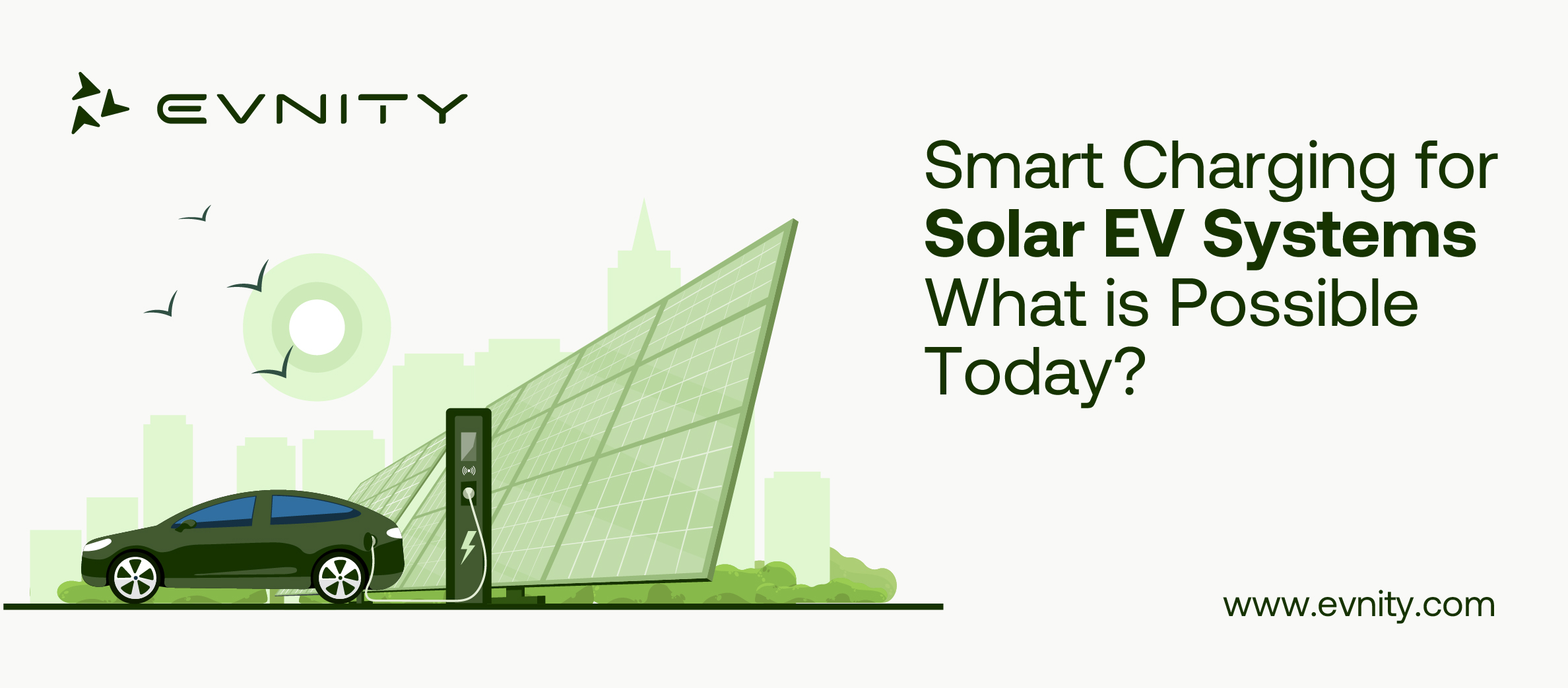The electric vehicle (EV) charging ecosystem is a rapidly evolving landscape, driven by the increasing adoption of electric vehicles and the need for sustainable energy solutions. As more consumers transition to EVs, understanding the intricacies of this ecosystem becomes essential for stakeholders, including charging station operators, service providers, and software developers.
This blog explores the components of the EV charging ecosystem, the challenges it faces, and the pivotal role of software solutions in enhancing its efficiency and user experience.
The EV Charging Ecosystem
The EV charging ecosystem comprises various elements, including charging stations, network operators, and software solutions that facilitate the operation and management of charging infrastructure.
Types of Charging Stations
1. Level 1 Charging: This is the most basic form of charging, using a standard 120-volt outlet. It is suitable for home use and provides a slow charge, typically adding about 4-5 miles of range per hour.
2. Level 2 Charging: Utilizing a 240-volt outlet, Level 2 chargers significantly reduce charging time, adding approximately 10-60 miles of range per hour. These are commonly found in public charging stations and are ideal for commercial use.
3. DC Fast Charging: This type of charging delivers high power directly to the vehicle's battery, allowing for rapid charging. DC fast chargers can provide up to 80% charge in about 30 minutes, making them essential for long-distance travel and highway charging networks.
Charging Network Operators and Service Providers
Charging network operators (CNOs) and electric mobility service providers (EMSPs) play a crucial role in managing the infrastructure and providing services to EV users. They ensure the availability and reliability of charging stations, facilitating a seamless experience for drivers.
Challenges in the EV Charging Ecosystem
Despite its growth, the EV charging ecosystem faces several challenges:
- Infrastructure Development: The need for extensive charging networks to meet growing demand.
- Interoperability: Ensuring compatibility between different charging stations and vehicles.
- User Experience: Simplifying the charging process for consumers, including payment and navigation.
The Role of Software Solutions
Software solutions are integral to optimizing the EV charging software solutions ecosystem, providing tools for management, monitoring, and user interaction.
Charging Station Management
Software platforms enable operators to manage multiple charging stations efficiently. They provide real-time data on station availability, usage statistics, and performance metrics.
Remote Monitoring and Control
Remote monitoring capabilities allow operators to oversee charging stations from a distance, enabling quick responses to issues and minimizing downtime.
Maintenance and Diagnostics
Advanced software solutions facilitate proactive maintenance by diagnosing potential issues before they escalate, ensuring that charging stations remain operational.
User-Facing Features
User-friendly mobile applications enhance the EV charging experience by providing features such as:
- Charging Station Availability and Reservation: Users can locate and reserve charging stations in advance, reducing wait times.
- Mobile App Integration and Smart Charging: Apps can integrate with smart home systems to optimize charging times based on energy rates and availability.
Billing and Payment Processing
Efficient billing systems streamline payment processes, allowing users to pay seamlessly through mobile apps or RFID cards.
Grid Integration and Energy Management
Software solutions enable better integration with the electrical grid, allowing for load balancing and demand response strategies that optimize energy usage and reduce costs.
Renewable Energy Integration
Many software platforms support the integration of renewable energy sources, promoting sustainability within the EV charging ecosystem.
Key Software Features and Capabilities
When selecting software solutions for an EV charging management platform, consider the following features:
- Interoperability and Cross-Platform Compatibility: Ensures that software works with various hardware and systems.
- Scalability and Flexibility: The ability to grow with the business and adapt to changing needs.
- Data Analytics and Insights: Provides valuable information for decision-making and operational efficiency.
- Cybersecurity and Data Privacy: Protects user data and ensures compliance with regulations.
Selecting the Right Software Solution
Choosing the right software solution involves:
- Identifying Business and User Requirements: Understanding specific needs and challenges.
- Evaluating Vendor Capabilities and Track Record: Assessing the reliability and performance of potential software providers.
- Considering Integration with Existing Systems: Ensuring compatibility with current infrastructure.
Conclusion
The EV charging ecosystem is a complex interplay of technology, infrastructure, and user experience. Software solutions are vital in addressing the challenges faced by this ecosystem, enhancing operational efficiency, and improving user satisfaction. By understanding the components and leveraging the right software tools, stakeholders can navigate this evolving landscape effectively, contributing to a sustainable future for electric mobility.


